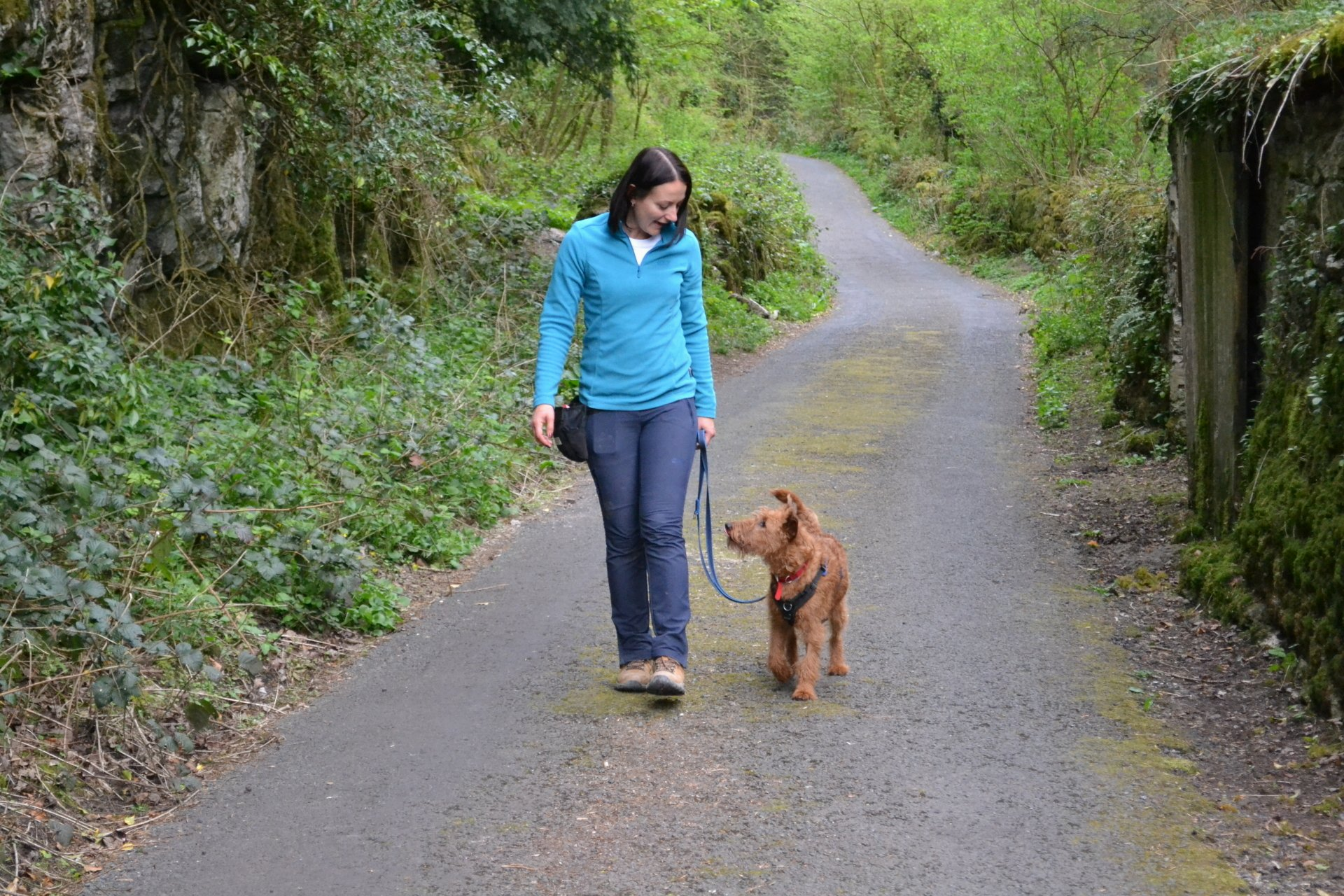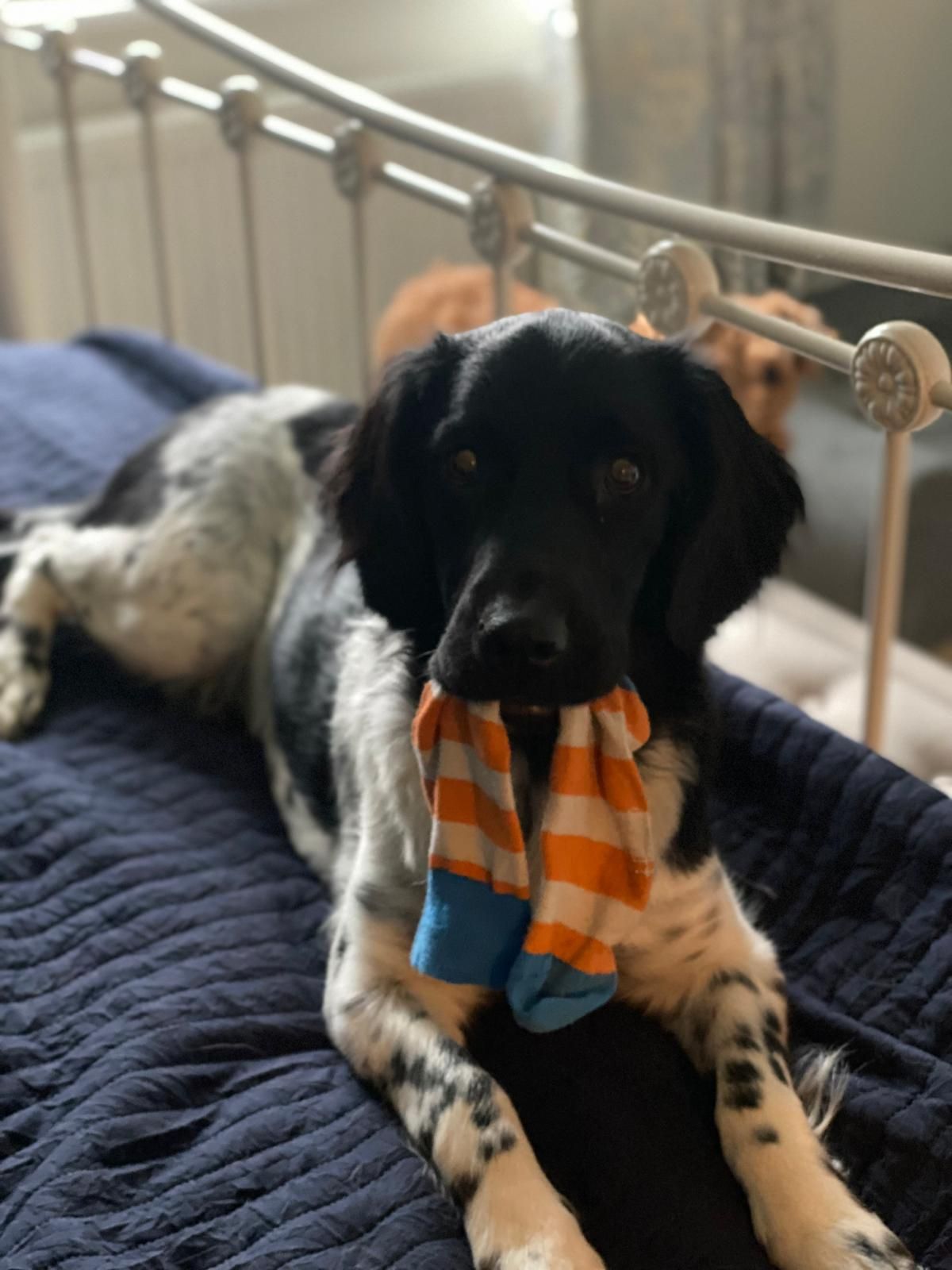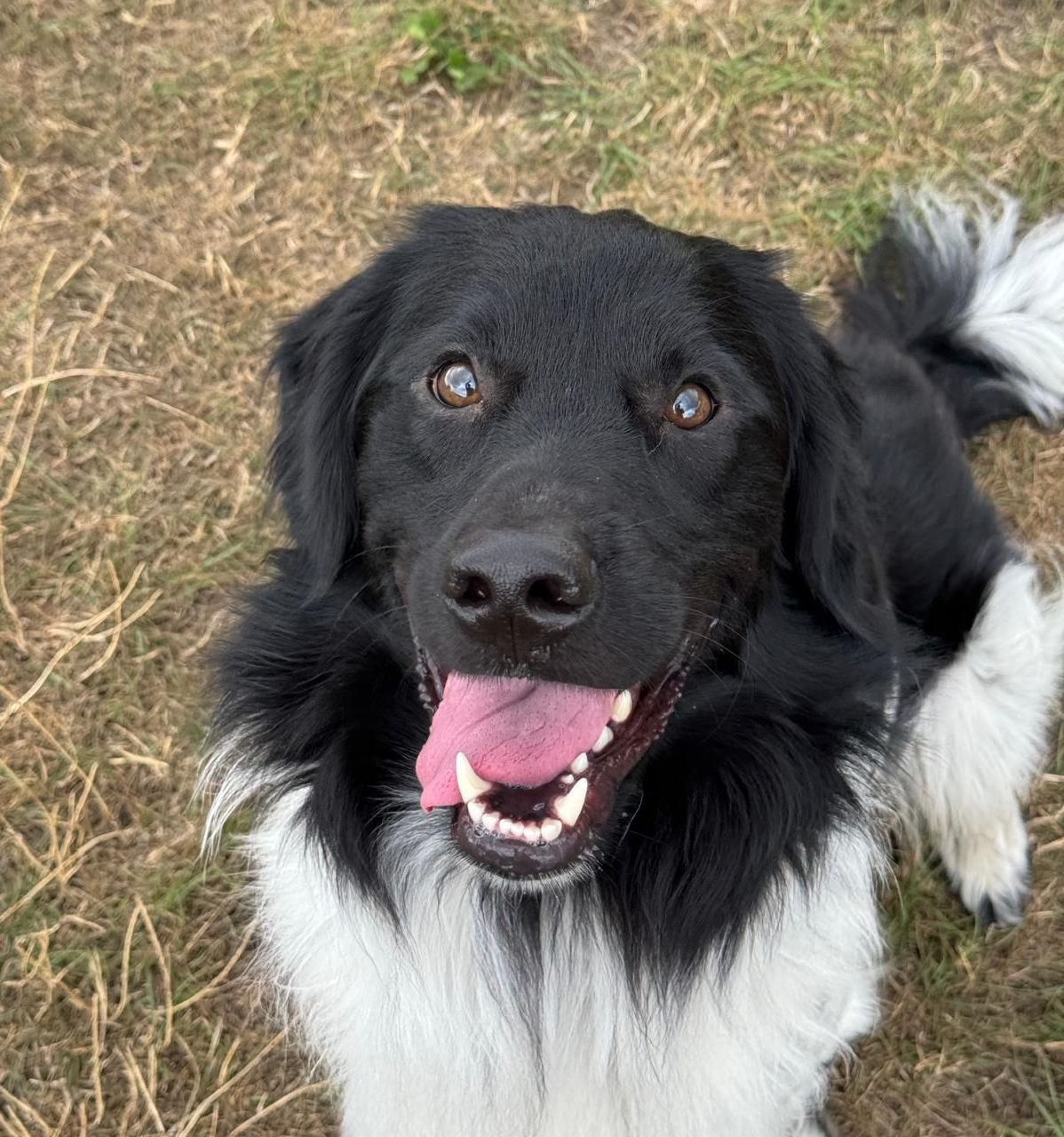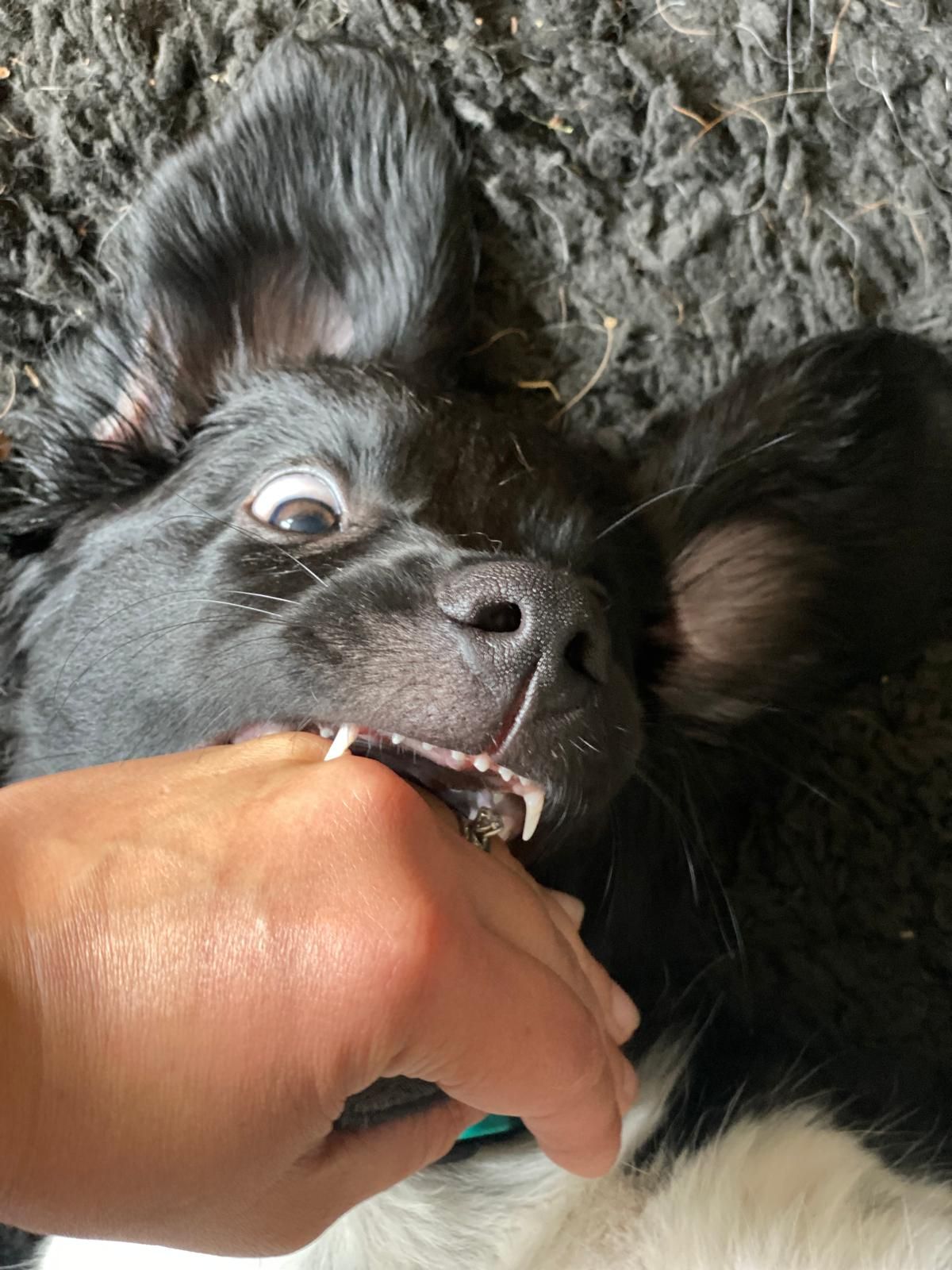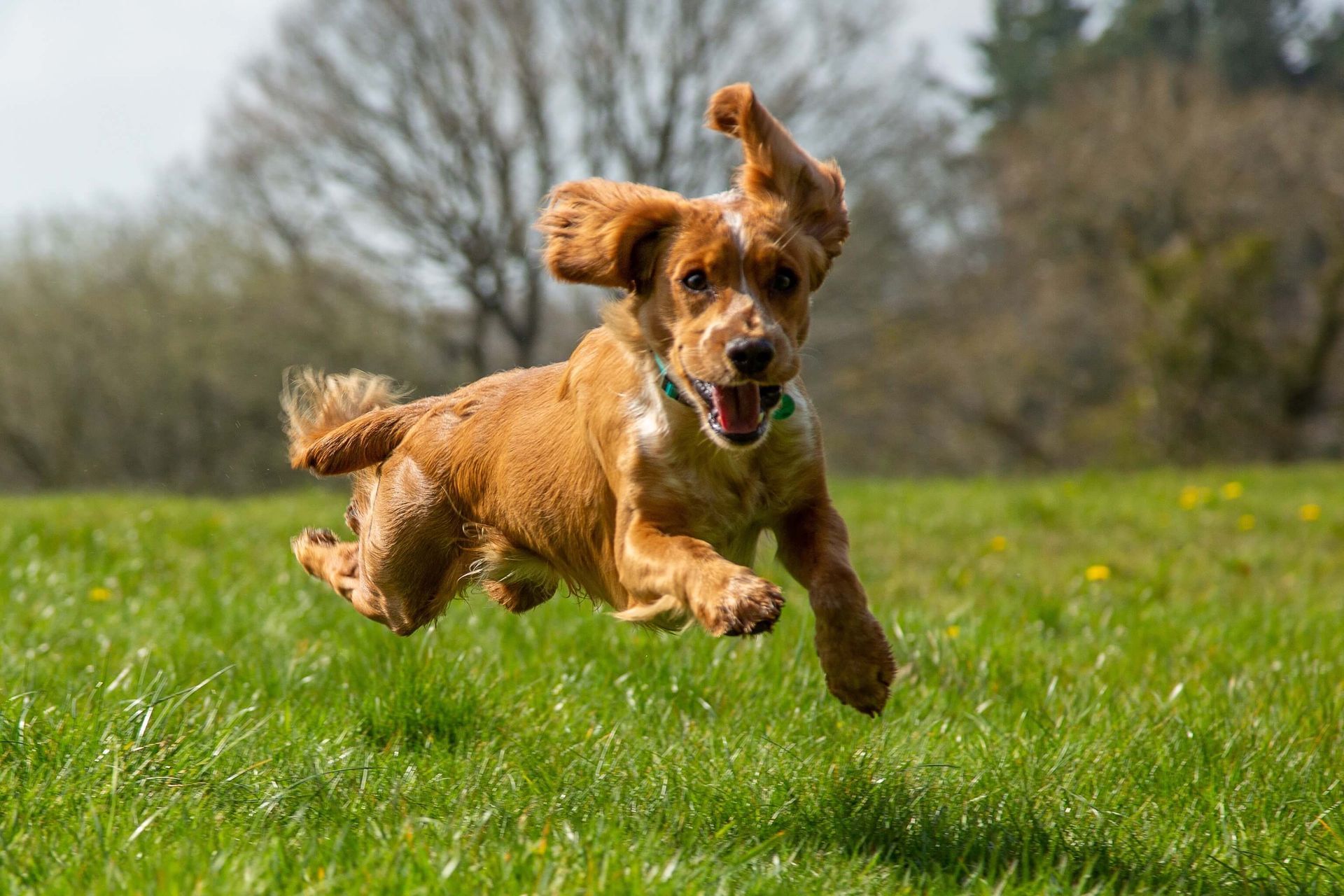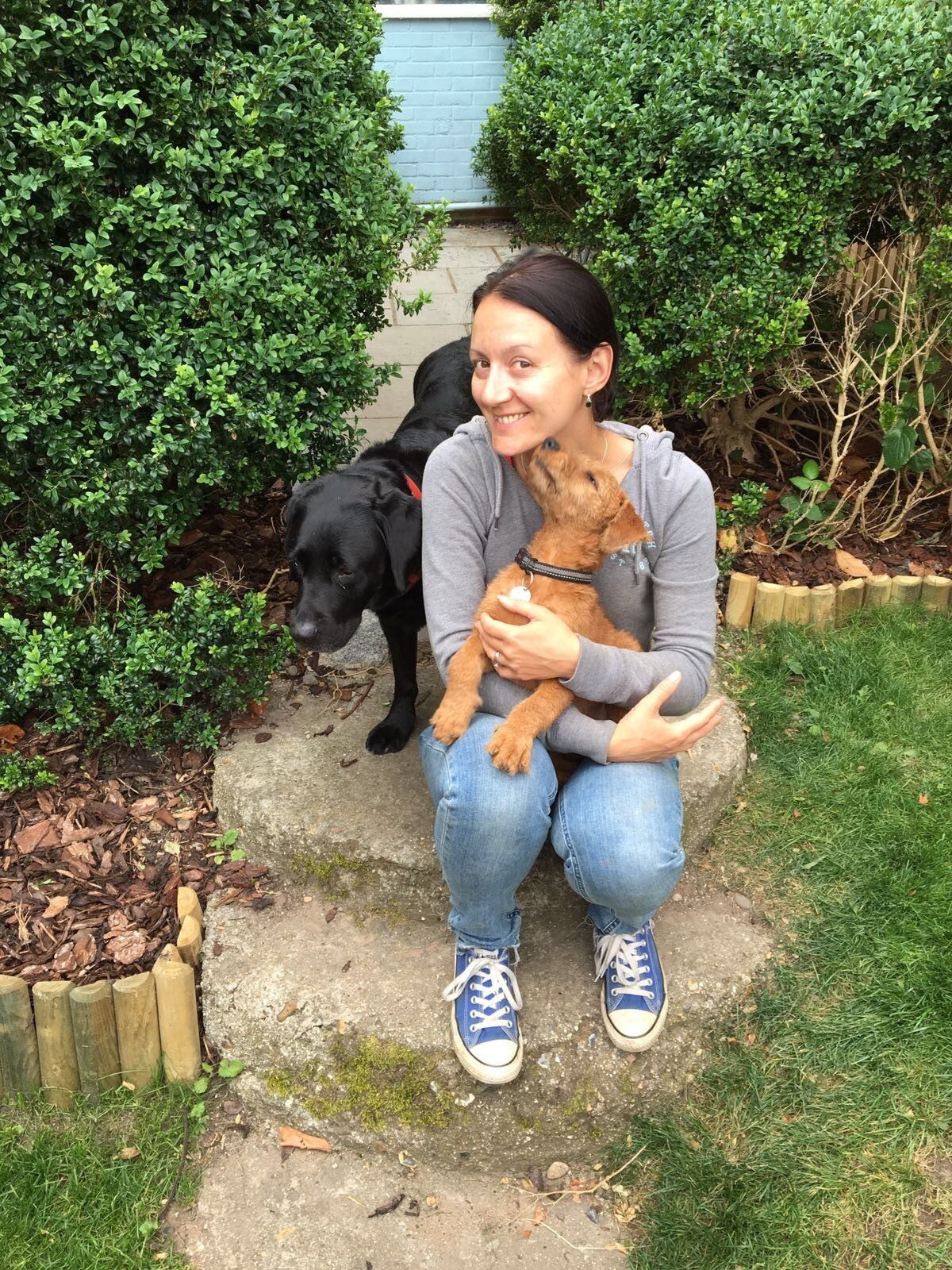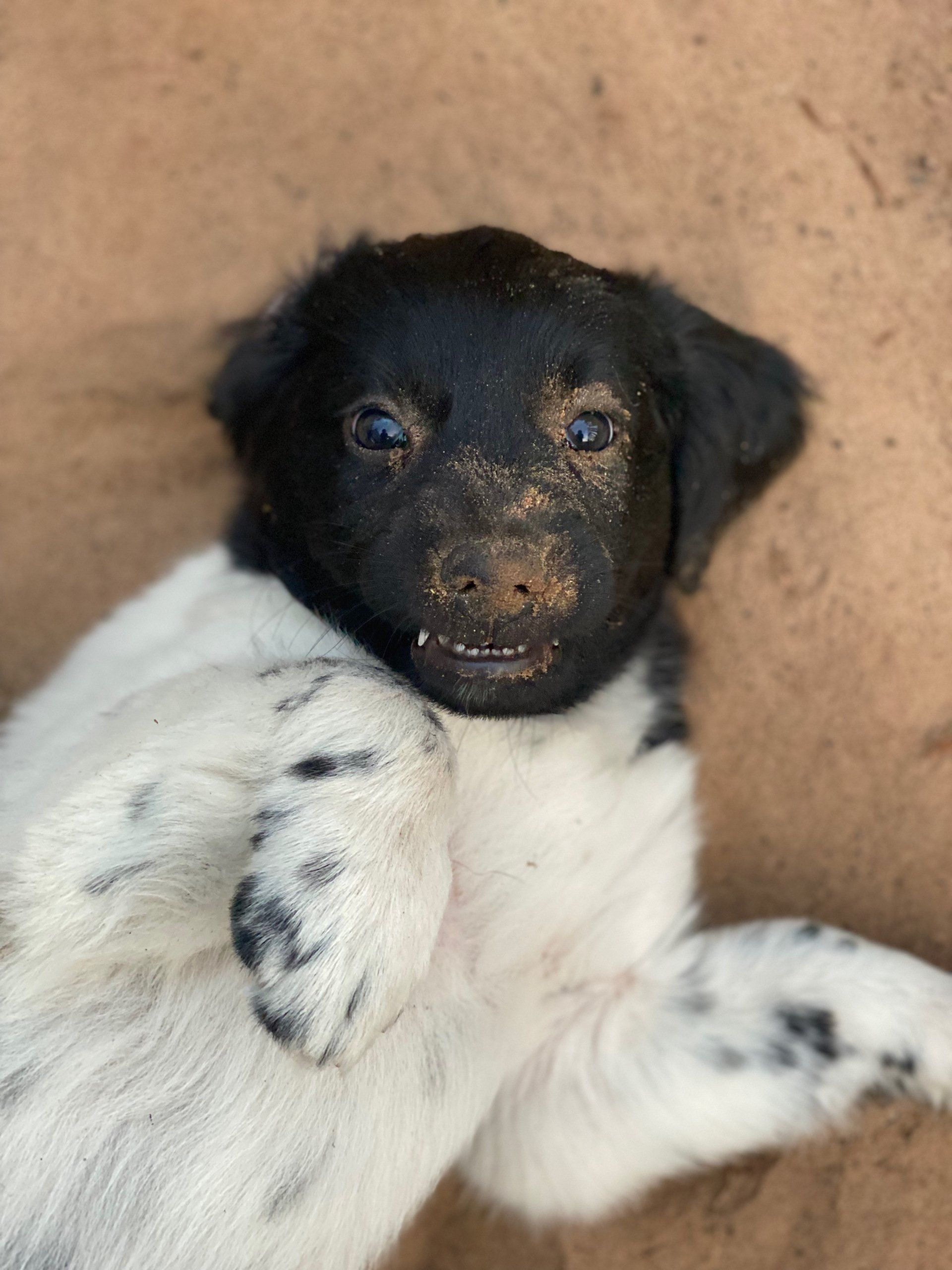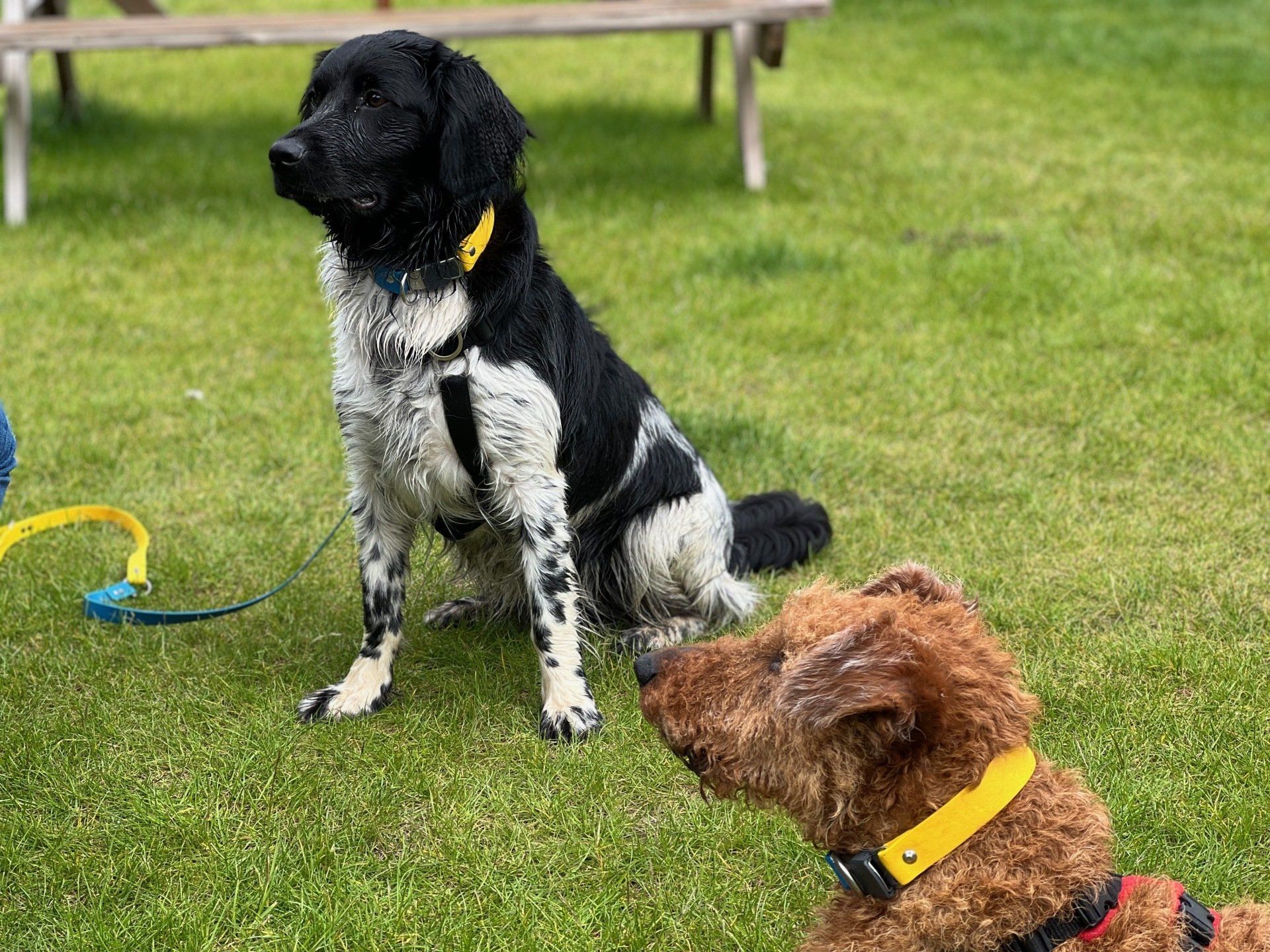Does your dog go on daily group walks but still have endless energy at home? (Gundog walking service in Caversham, Tilehurst & Calcot)
Why the wrong group walk can leave your gundog tired, wired – and still full of energy?
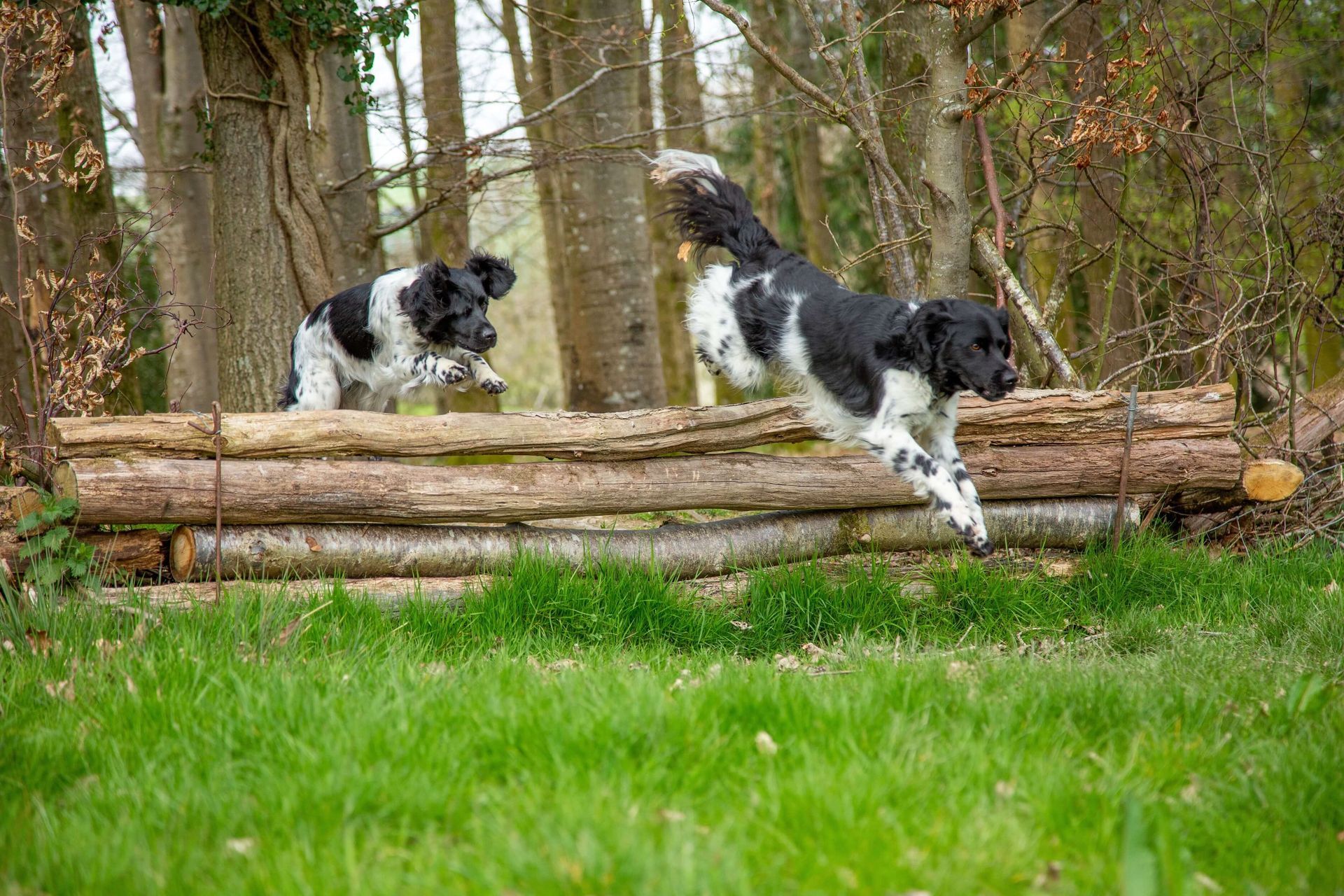
Does Your Dog Actually Enjoy Their Group Walks? Here’s How to Tell – And Why It Matters.
Grab a cuppa and have a scroll-think with me…
It’s easy to assume that all group walks are the same – dogs get out, burn off energy, job done.
But here’s the thing: if your dog is regularly paired with the wrong kind of group, the opposite can happen. Instead of coming home calm and relaxed, they may arrive back wired, frustrated, or sleep because they are tired after the walk, but still have zoomies later, because their needs have not been met.
That’s why we focus on compatibility, meeting breed specific needs, and enrichment, so the time they spend with us leaves them genuinely fulfilled, not just physically tired.
The problem often isn’t bad behaviour or lack of social skills – it’s mismatch.
Why Breed Type Matters on Group Dog Walks
Different breed types come with very different expectations of the world. That doesn’t mean mixed groups can’t work – they can! My own terrier Monty clearly hasn’t read the manual. Raised by a Labrador, he’s more about sharing snacks than shouting at squirrels. His best friend is a Lurcher. They couldn’t be more different on paper, but their energy and communication styles just work.
But I once saw – and now regularly see – a hunting spaniel paired with a herding Collie. One is designed to run, flush, and chase. The other is hardwired to stop movement and control motion. They’re speaking entirely different languages, and neither one is “wrong” – but the tension is written all over their body language.
Too often, dogs are grouped together based on convenience – not compatibility. And that’s where problems can arise.
When it comes to mixed breeds, I always look at the genetics behind them. A Cockapoo or Labradoodle, for example, is a cross between two highly intelligent gundog breeds.
Combining breeds from two or more different groups can give varied results – we recently had a Jackapoo (Jack Russell x Poodle) in our retrieving workshop 😃
This isn’t about being snobby about breeds. It’s about understanding who dogs are, and giving them space to thrive. Not every dog wants to wrestle. Not every dog wants a crowd. Not every dog wants to be ignored.
If you’ve ever watched a walk and thought, “Why does this feel off?” – chances are, it’s not bad dogs or bad training. It’s just a case of mismatch.
What Different Breed Types Bring to a Walk – And Why Owners Should Care
🐾 Gundog breeds (Spaniels, Retrievers, HPRs)
Bred to work alongside people, often with strong hunting instincts. Have you met a spaniel? Chaos with ears. Many love a good rootle in the undergrowth, purposeful sniffing, and a retrieve or two. But that doesn’t always mix well with dogs who want to control the game.
Why owners should care: When they walk with dogs who share their pace and purpose, they tend to come home settled and content, rather than pacing or struggling to switch off – and they’re not practising the over-arousal you don’t want to see at home.
🐾 Herding breeds (Collies, Shepherds, Corgis)
These dogs are hardwired to move and manage. That often means staring, stalking, or even nipping at other dogs to keep them in line – not always well received by bouncier, more free-spirited dogs who don’t want to be micromanaged.
Why owners should care: If they’re repeatedly placed with dogs whose movement triggers their control instincts, you might notice them more alert or restless afterwards – and they’re rehearsing behaviours you’d rather not encourage.
🐾 Bull breeds (Staffies, Bulldogs, Bull Terriers)
Typically social, affectionate and playful – but their full-body play style can overwhelm more sensitive dogs. They’re often unfairly labelled as the problem when things get heated, even if they weren’t the ones who caused it.
Why owners should care: Paired thoughtfully, they can burn energy through play without tipping into over-arousal – and they’re not rehearsing the rough play style that can cause trouble in other settings.
🐾 Terrier breeds (Jack Russells, Border Terriers, Patterdales)
Independent, energetic, and often loud – terriers bring intensity. That strong, confident energy can clash with calmer dogs, and their tendency to act first, think later, isn’t always helpful in a group setting.
Why owners should care: The right group can give terriers an outlet for their energy while avoiding constant conflict – and they’re not practising the high-intensity chasing, barking, or scrapping you don’t want repeated.
🐾 Sighthound breeds (Greyhounds, Whippets, Lurchers)
Sensitive and elegant, they’re wired to chase but not usually fans of rough-and-tumble play.
Why owners should care: The right walking companions mean sighthounds can enjoy safe opportunities to run, without being hassled into unwanted play – and without rehearsing avoidance or defensive behaviours.
🐾 Scent hound breeds (Beagles, Foxhounds, Bassets)
Once the nose is down, the ears are off. These dogs often disengage from the group in favour of a good scent trail, which can pull the dynamic apart and distract more focused or handler-oriented dogs.
Why owners should care: When paired with compatible companions, they come home mentally satisfied – and they’re not practising ignoring recall or disappearing off on solo adventures.
🐾 Primitive and spitz-type breeds (Shibas, Basenjis, Huskies)
These dogs often have a different social style – more aloof, less tolerant of rudeness, and quick to defend space. They don’t always enjoy forced interaction or chaotic energy.
Why owners should care: Being matched with calmer dogs means they can relax and enjoy the walk – and they’re not rehearsing defensive or confrontational responses.
What Makes a Group Walk Actually Work?
It’s not that these dogs can’t walk together – some mixed groups thrive, especially when the dogs are well-socialised and carefully matched. But breed type matters. Behaviour doesn’t happen in a vacuum – it’s shaped by genetics, function, and instinct.
If we ignore those factors, we risk setting our dogs (and ourselves) up to fail.
The best group dog walks aren’t necessarily single-breed – but they are thoughtfully curated. Dogs that share similar arousal levels, compatible play styles, and respect each other’s space tend to settle into a rhythm where everyone benefits. It’s less about rules and more about relationships.
Our Gundog Walks – Designed With Your Dog in Mind
At Dogs Be Dogs, our gundog walks are built around what makes your dog tick – their instincts, needs, and personality. They’re purposeful, professionally run outings designed specifically for gundog breeds and their crosses, including Labradors, retrievers, Cockapoos, Labradoodles, and other gundog types like spaniels and HPRs.
We pick up from Caversham, Tilehurst, and Calcot, and all our walks are held in a secure, private 15-acre field. This gives the dogs the space and safety they need to fully enjoy time to play and time to train — without the unpredictability of public parks.
Walks are run by Ian, an experienced gundog trainer, and each one blends opportunities for recall, focus, and engagement practice with safe, compatible play and the freedom to express natural behaviours in a way that’s enriching, safe, and satisfying.
Every dog is carefully matched to the right group based on compatibility, temperament, and energy – not just availability. This means they get the kind of walk that supports their instincts, emotions, and overall wellbeing – and avoids them rehearsing behaviours you’d rather they didn’t repeat.
Want Your Dog to Love Their Walks – and Come Home Calm and Content?
Our gundog walks aren’t just about exercise – they’re about matching your dog with companions who speak their language, in a space where they can truly relax and enjoy themselves.
The result?
- A calmer, happier dog at home.
- Fewer post-walk behavioural hiccups.
- Peace of mind knowing they’re safe, stimulated, and supervised.
- No unwanted behaviours being practised on repeat.
📋 Fill in our quick dog walking questionnaire to see if your dog is the right fit.
Prefer to chat first? Just drop us an email info@dogsbedogs.co.uk – we’re always happy to talk through how it works.
Have You Noticed Your Dog’s Preferences?
Every dog is different – some thrive in lively groups, while others prefer calm company or one-on-one interactions. You might have already spotted patterns in how your dog responds to certain breeds, play styles, or energy levels.
Noticing who your dog gravitates towards – and who they avoid – can tell you a lot about what they need from a walk.
If you’re unsure what group dynamic suits them best, we can help match them to a walking crew where they’ll thrive.
Because the right walk doesn’t just make a difference to your dog’s day – it makes a difference to yours too.
